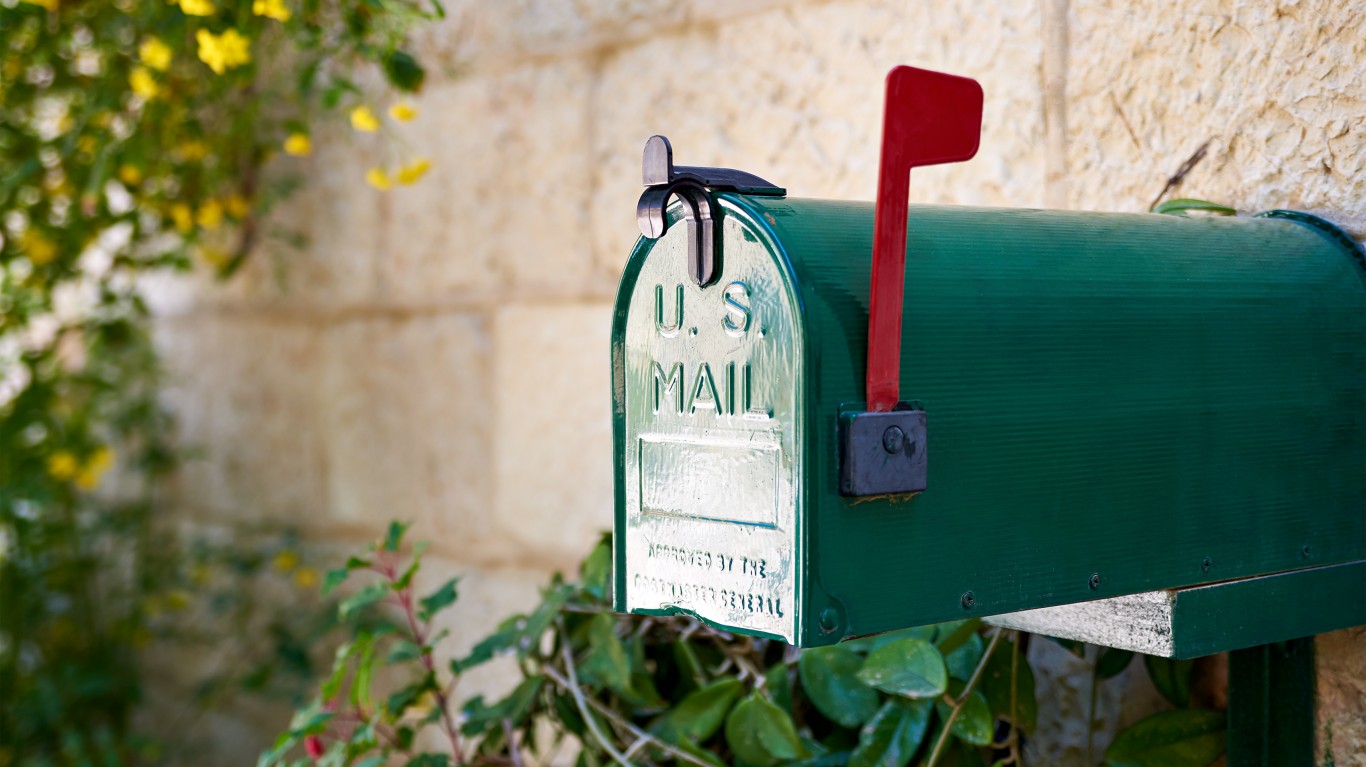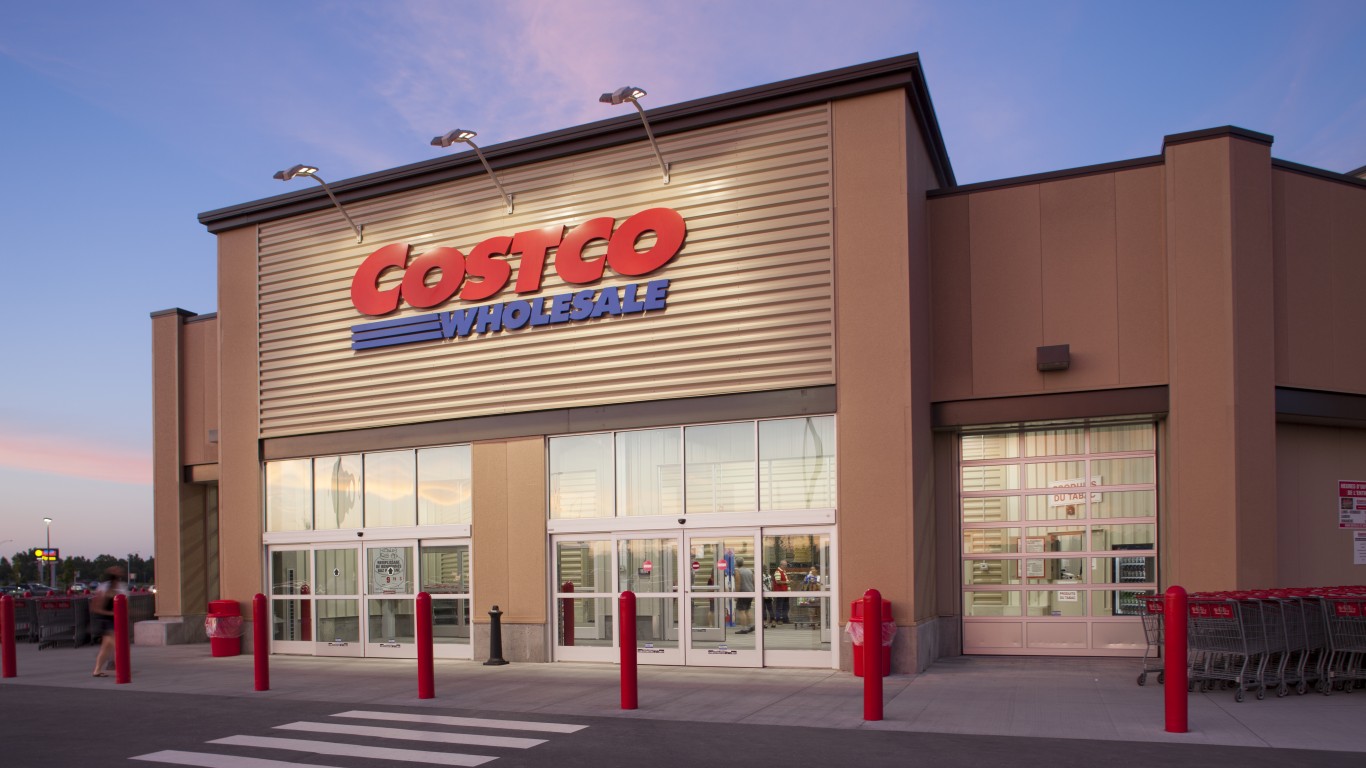
The U.S. Postal Service’s delivery network has 159.9 million mailboxes, P.O. boxes and “other points of delivery,” according to Pew Research. The figure shows why the USPS is badly managed and the source of possible changes.
[in-text-ad]
America has about 120 million households, according to the Census Bureau. USPS delivery places outnumber those by 40 million. Business addresses may make up part of that. However, the ratio means the USPS delivery system is not likely to be efficient.
The number of delivery points is part of the overbuilt systems on which the USPS works. This includes over 32,000 post offices, 700,000 workers and six-day-a-week delivery. It may be the least streamlined large business operation in America. And no significant effort is underway to solve this (although USPS does have a disjointed program for improvements called the “Delivering for America: Our Vision and Ten-Year Plan to Achieve Financial Sustainability”).
The streamlining of the USPS does not need to be so difficult. Six-day-a-week mail delivery is unnecessary. Email and fax communications undercut that needed years ago. Because of broadband, emails can carry large attachments that once had to be delivered as packages.
Many of the USPS’s 32,000 post offices are in cities with only a few thousand residents. Hundreds of these can be closed without a major change to service or efficiency. Note that few members of Congress want post offices in their districts shuttered.
Years from now, management experts will look back on the changes in the USPS during the first two decades of the 21st century. They will see that, despite technological advances, it changed little from the past few years of the 20th century. Those 160 million points of delivery were always too many.
Are You Still Paying With a Debit Card?
The average American spends $17,274 on debit cards a year, and it’s a HUGE mistake. First, debit cards don’t have the same fraud protections as credit cards. Once your money is gone, it’s gone. But more importantly you can actually get something back from this spending every time you swipe.
Issuers are handing out wild bonuses right now. With some you can earn up to 5% back on every purchase. That’s like getting a 5% discount on everything you buy!
Our top pick is kind of hard to imagine. Not only does it pay up to 5% back, it also includes a $200 cash back reward in the first six months, a 0% intro APR, and…. $0 annual fee. It’s quite literally free money for any one that uses a card regularly. Click here to learn more!
Flywheel Publishing has partnered with CardRatings to provide coverage of credit card products. Flywheel Publishing and CardRatings may receive a commission from card issuers.
Thank you for reading! Have some feedback for us?
Contact the 24/7 Wall St. editorial team.
 24/7 Wall St.
24/7 Wall St.

